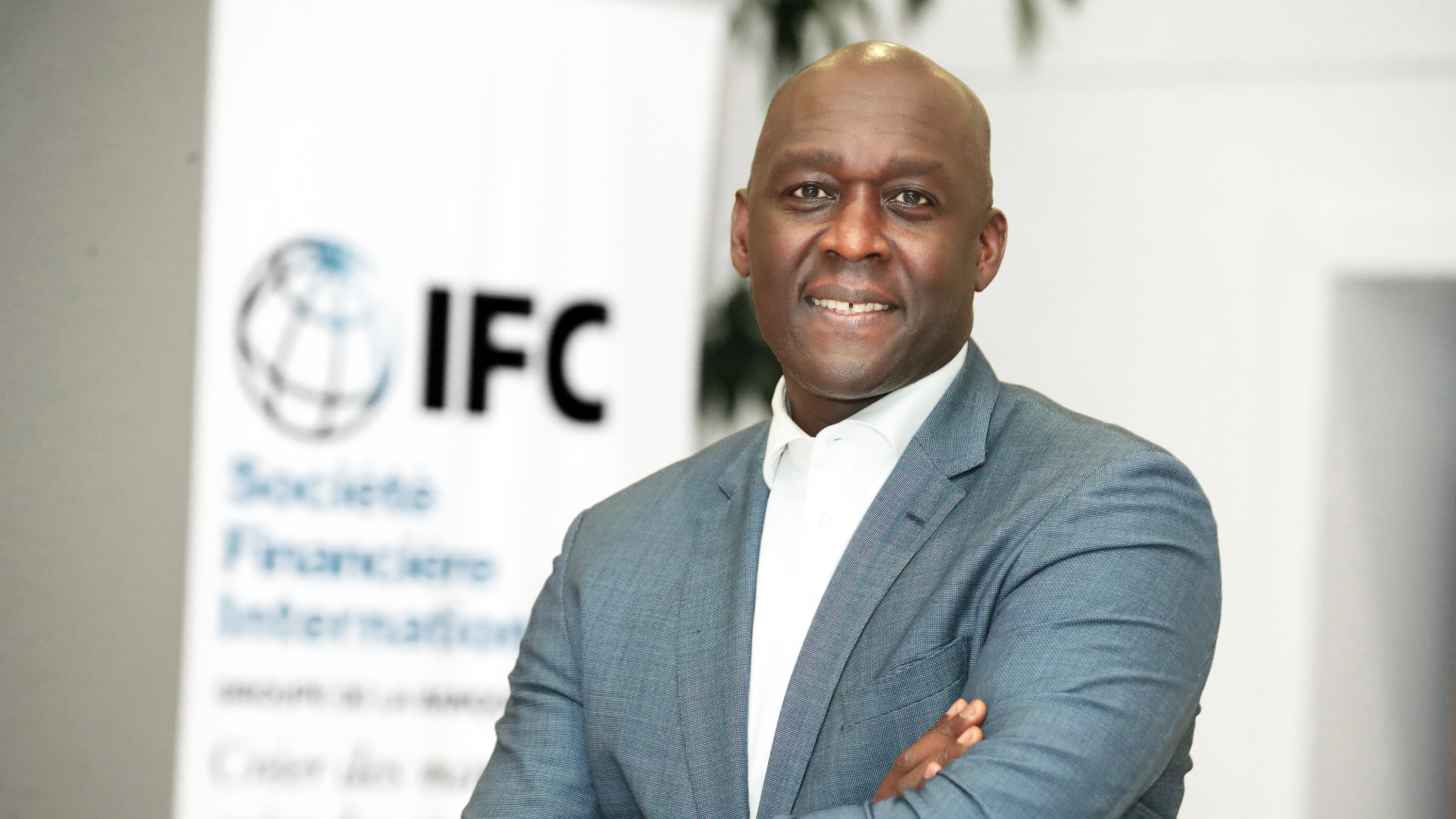
Makhtar Diop, managing director of the International Finance Corporation.
Makhtar Diop, managing director of the World Bank’s International Finance Corporation, speaks about the implications of the recent partnership agreement signed with other multilateral development banks.
Q: What for you have been the main achievements of the recent World Bank Group meetings in Marrakech?
A: For me, the word that sums up the achievements of the meetings is ‘convergence’. There’s a new approach that we and others are taking that is built on greater convergence in response to calls for a different way of doing things from around the world.
Partnership is already in our DNA at the International Finance Corporation [IFC] and the World Bank Group; we are already working very closely with the International Energy Agency, having produced a major report on the role of the private sector in financing the global energy transition, and we also work closely with bodies like the World Trade Organization and the United Nations Development Programme. We’ve been discussing how to better harmonise our activities, and this has been a priority for many other multilateral development banks [MDBs] as well.
The agreement signed between the World Bank Group and nine other major MDBs is a major milestone.
So, the agreement signed between the World Bank Group and nine other major MDBs on October 13 is a major milestone; the next few months will be very important for building on this agreement and accelerating this process of convergence.
We were also very pleased to build on our partnership with OCP in Morocco with a new financing deal that will increase the production of fertiliser in order to tackle the issue of food security in Africa. Morocco has a clear strategic vision and is very committed to diversifying its economy, so we have had a number of good opportunities to work there on various projects.
Q: What have been the main themes of the IFC’s discussions in Marrakech with governments and banks on how to boost private sector investment in developing countries?
A: It’s important to note first of all that the role of the private sector is now at the heart of such conversations, and we no longer need to explain its importance to the governments that we work with. Following its launch in June, the World Bank’s new Private Sector Investment Lab held discussions with the Institutional Investor Institute about how to more effectively attract private sector investment.
There were three important themes that emerged. First, there’s a need for commercial and especially political guarantees to help bring in the private sector. Second, we must improve syndication and simplify the investment tools and instruments so that there are clear asset classes to invest in. Institutional investors have told us that they are generally not interested in assets with a value of less than $1bn, so there’s a need to find assets that are big enough for them to invest in.
Third, we need to help companies in developing markets access financing in local currency via swaps and other instruments, so that they are not exposed to devaluations. This is a priority in countries like Egypt, where exporters can attract foreign currency but most businesses deal almost exclusively in Egyptian pounds.
Q: How has the higher interest rate environment affected the IFC’s efforts to attract private sector investment in African markets?
A: There have definitely been headwinds across much of the continent, with FDI dropping from $80bn in 2021 to $45bn in 2022. Factors behind this include the economic slowdown during the pandemic years, the delay of various energy projects due to concerns over reducing fossil fuel footprints, and the rise in interest rates in the US and EU.
In response to this we significantly stepped up our engagement, with $11.5bn-worth of investment in Africa, the highest figure in our history, which includes a significant investment in helping to accelerate the energy transition.
Q: What is the IFC’s main priority in the run up to the International Development Association (IDA) 21 replenishment process next year?
A: One of the most important instruments for us and for the private sector has been the IDA Private Sector Window, and it’s very important for us that this instrument — and other blended finance tools — are available for us to continue working in both low-and middle-income countries.
For every dollar of blended finance we’re typically able to leverage $6 to $7, or $10 in the case of climate adaptation funding. Not only is it effective, but it allows us to work in markets in which the private sector is often hesitant to invest.


